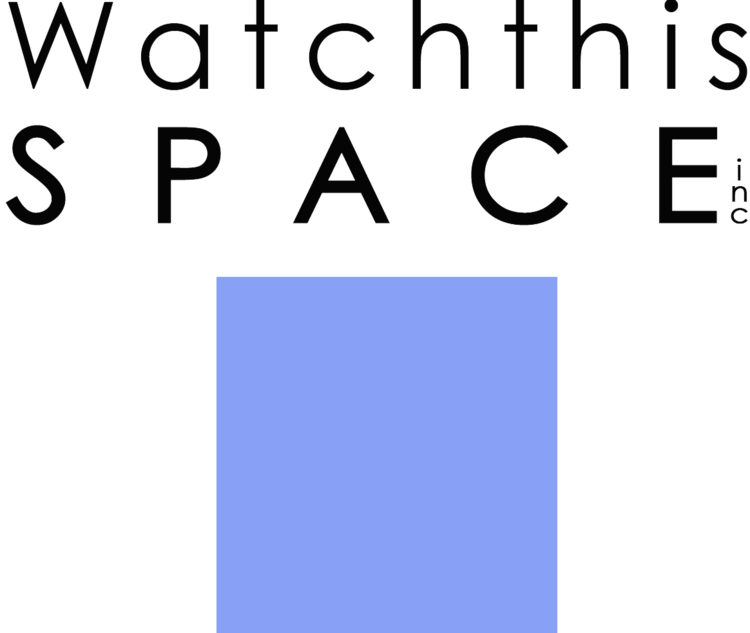Catriona is a multidisciplinary artist who thrives on cross cultural exchanges and projects that are site specific.
Period as WTS Coordinator: 2000-2001
Catriona Stanton, Inhabit your skin, 2018, bamboo toothpicks, aluminium, pva and aerosol (detail)
Why did you apply for the Coordinator position originally? Was it what you expected?
I was interested in the experience of running an artist run initiative in the central desert after the recommendation by the previous coordinator Cath Bowdler.
How did you find working at WTS? Was it different from arts organisations you had/have since worked for?
It was extremely stimulating, deeply engaging and completely exhausting!
What were some of your fondest memories at WTS?
The artist camp I ran with Joy Hardman at 2 Mile Waterhole, running a video projection night at the Old Drive In and hosting German artist Renate Anger .
Tell us about your greatest achievements during your time as the Coordinator.
Conceiving of OUTSITE, an annual site specific event located in the Alice Springs Desert Park and securing the funding for the inaugural event. I was also successful in increasing the organisations funding by 50%.
In your eyes, what makes WTS an important organisation?
This organisation works across so many different cultural bodies and practitioners of the wider Alice Springs region while also connecting local audiences with artists from across the nation and beyond. It is a cultural hub that plays a vital role in the arts for the Northern Territory.
Where are you now: geographically, work-wise, life-wise?
I am now based in Wollongong in a seaside village called Austinmer with my two children. Currently I am working as the painting technical officer in Creative Arts at the University of Wollongong while continuing my studio practice and curating an exhibition of local practitioners called "In the Making" for March 2019
Has WTS contributed to where you are now?
Definitely. It enabled me to gain skills in curating, writing grant applications, managing a gallery and networking with artists, cultural organisations and communities.
Watch This Space as an acrostic poem...
What a wild ride
Alice Springs opened up
The interactions, projections, installations
Creating visions of painted glass splendour and a
Harrowing performance of Indonesian rancour
The flickering light of filmic desert nights
Heaving a generator onto a truck
In the spirit of good luck
Surrealism with Salamone
Staccato stutterings from Ruark's raft all alone
Peace and wonder from Irrkerlantye
And the renderings from homeless teenagers
Come all young and old to the place to behold
Eat drink and jive, for Watch this Space is now twenty five!
This interview is part of WTS's 2018 program Still Alive After 25 celebrating its 25th Anniversary. Read more interviews with past and current WTS coordinators here





